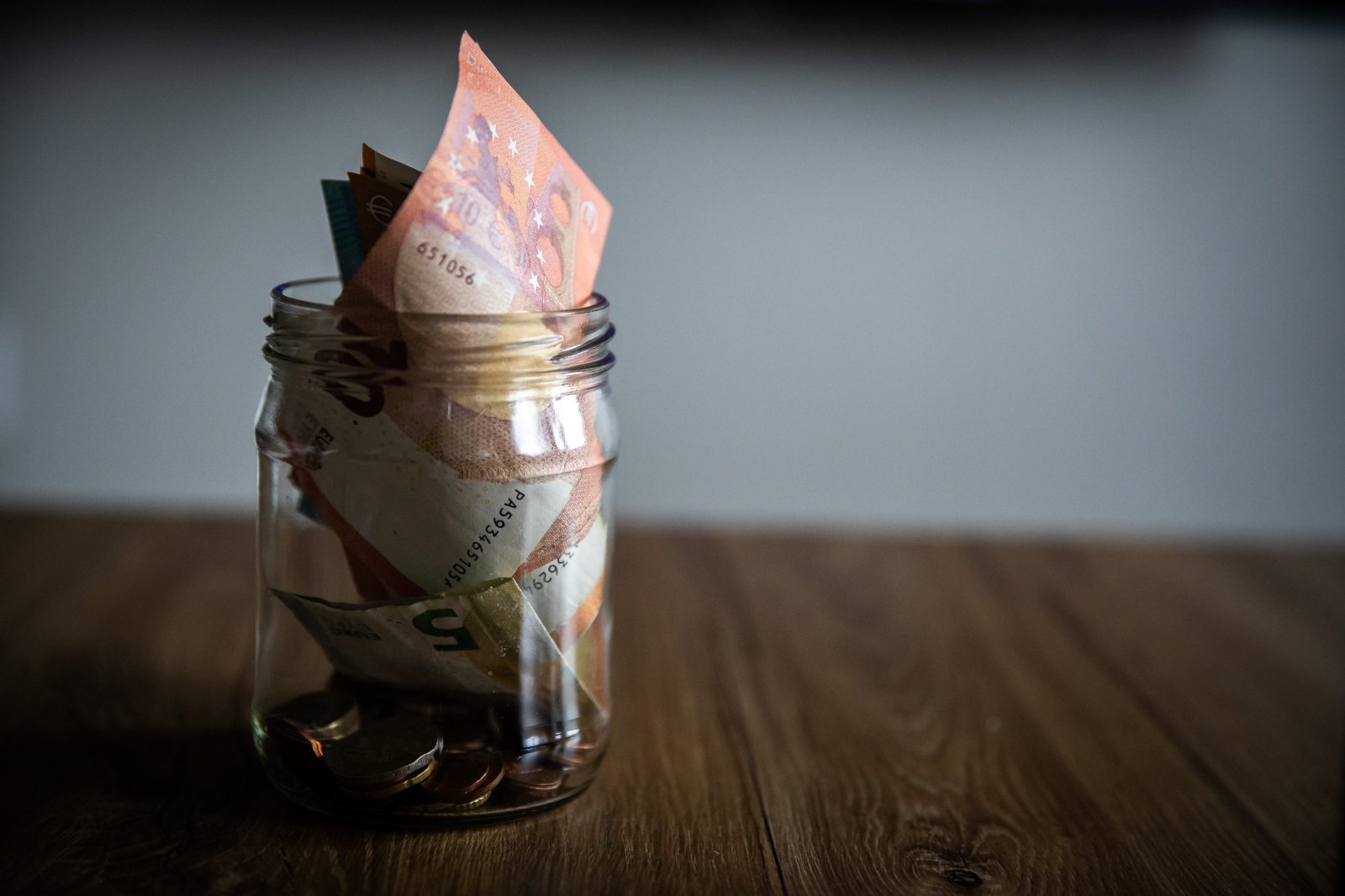The growth of deposits slowed down
Chief Economist of the Macroprudential Analysis Division of the Bank of Lithuania Paulius Morkūnas explained that the latest data for October show that the growth of household deposits in Lithuanian financial institutions over the year is still high.
According to statistics, Lithuanians have been in a pandemic year since 2020. from October to October 2021, saved a total of 2.9 billion. Eur. According to the latest data, the amount of deposits in banks in October this year amounted to 19.93 billion. The euro remained at record highs.
However, according to P. Morkūnas, 2.9 billion. The annual growth of deposits in Eur is not a small number, but it is declining compared to the peak months of savings.
“Compared to the annual peak of deposit growth in February-March, when it reached almost 22 percent. or nearly 3.3 billion. “The growth rate is declining slightly and reached 17% in October,” he said.
If we compare January-October 2020, Lithuanian deposits increased by slightly more than LTL 2 billion during this period. EUR (15 billion in January and 17.06 billion in October), but a slowdown in deposit growth has been observed over the same period this year.
2021 In January, deposits amounted to 18.156 billion. EUR 19.93 billion in October. This means that the amount saved this year in the first ten months of this year is lower than last year and amounts to about 1.77 billion. Eur.
According to P. Morkūnas, although household expenditure is forecast to grow both this year (5.6%) and next year (6.6%), household income still significantly exceeds their expenditure, and this is reflected not only in growing deposits, but also high savings rates of around 14%. and significantly above pre-pandemic levels.
This is said to be influenced by a number of important factors.
“First of all, rising incomes, such as fast-growing wages, which have risen by about 12 percent over the year.
Second, according to the Bank of Lithuania’s surveys, more than half of the population saves on unforeseen expenses, and about 55 percent. older than 50 years people – to protect themselves from a deteriorating financial situation.
Third, although there are fewer direct restrictions on spending money than there was at the start of the pandemic, it has not been easy to buy certain goods, such as new cars, recently, ”he said.
–
Inflation and consumption will save less next year
Economist at SEB Bank Tadas Povilauskas explained that it should first be remembered that last year Lithuanian households savings rate amounted to 12.2 percent. and the highest since 1995, when the indicator was first calculated.
“In 2019, the year before the pandemic, the savings rate was 3.5 percent, so the savings jump was very large. On the other hand, in other Baltic countries and across the EU, savings rates have been even higher, rising to 18% in the EU, for example.
The growth of the savings rate was still more forced than the population’s fear of the future and the desire not to spend, because it was clear that the savings rate jumped when the restrictions were the strictest and people’s access to services and goods was also limited.
In addition, in contrast to the usual crisis cases, due to state support and the good result of exporters, the total income of employees in Lithuania did not decrease, but even increased, which provided an additional impetus for the growth of savings. However, this is a thing of the past and this year the savings rate of the population is declining again from the second quarter, “he said.
© DELFI / Julius Kalinskas
–
The European Commission has explained that the savings rate will fall to 9% this year, and the economist has assumed it will be even lower than 9%, but there will be no return to pre-pandemic levels.
“Yes, trade in goods has been booming and growing faster than revenue since the second quarter of this year, but let’s not forget that consumption of services is still not back to pre-pandemic levels.
Next year, the savings rate is expected to move further downwards as service consumption recovers, inflation rises and household disposable income growth slows. The European Commission expects the savings rate to reach 7.6% next year, but I think this is a more optimistic scenario and the rate will be lower.
Of course, in the presence of such an uncertain pandemic scenario, we still cannot rule out the possibility of severe restrictions in Lithuania next year, which again would seem to slow down the use of services more strongly. However, if restrictions can be avoided, the desire to spend, plus inflation, especially the prices of raw materials, will have a negative impact on the savings rate, ”said T. Povilauskas.
He compared that if household deposits increased by 19.8% last year, growth will be slower this year at around 15% and next year at just 10%.
LB specialist P. Morkūnas also stated that looking to the future, it would be difficult to expect that the growth rate of deposits will remain so rapid for a long time, and the growth of deposits may be dampened by several factors.
“First of all, the rapidly rising prices of raw materials and energy, which lead to higher inflation.
About 60 percent. respondents say they are worried about this, so spending on goods and services is likely to rise. However, the development of the epidemiological situation and expectations for the future will be an important factor in determining the continued consumption of the population, “he said.
–
It is strictly forbidden to use the information published by DELFI on other websites, in the media or elsewhere, or to distribute our material in any form without consent, and if consent has been obtained, DELFI must be cited as the source.



